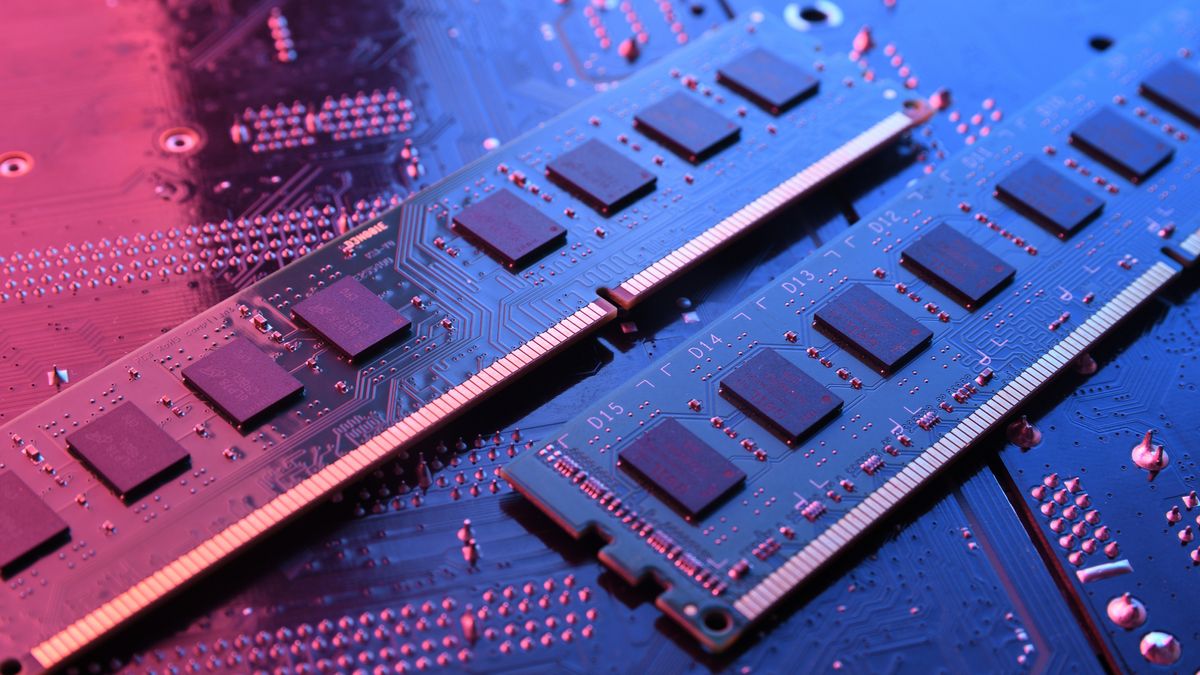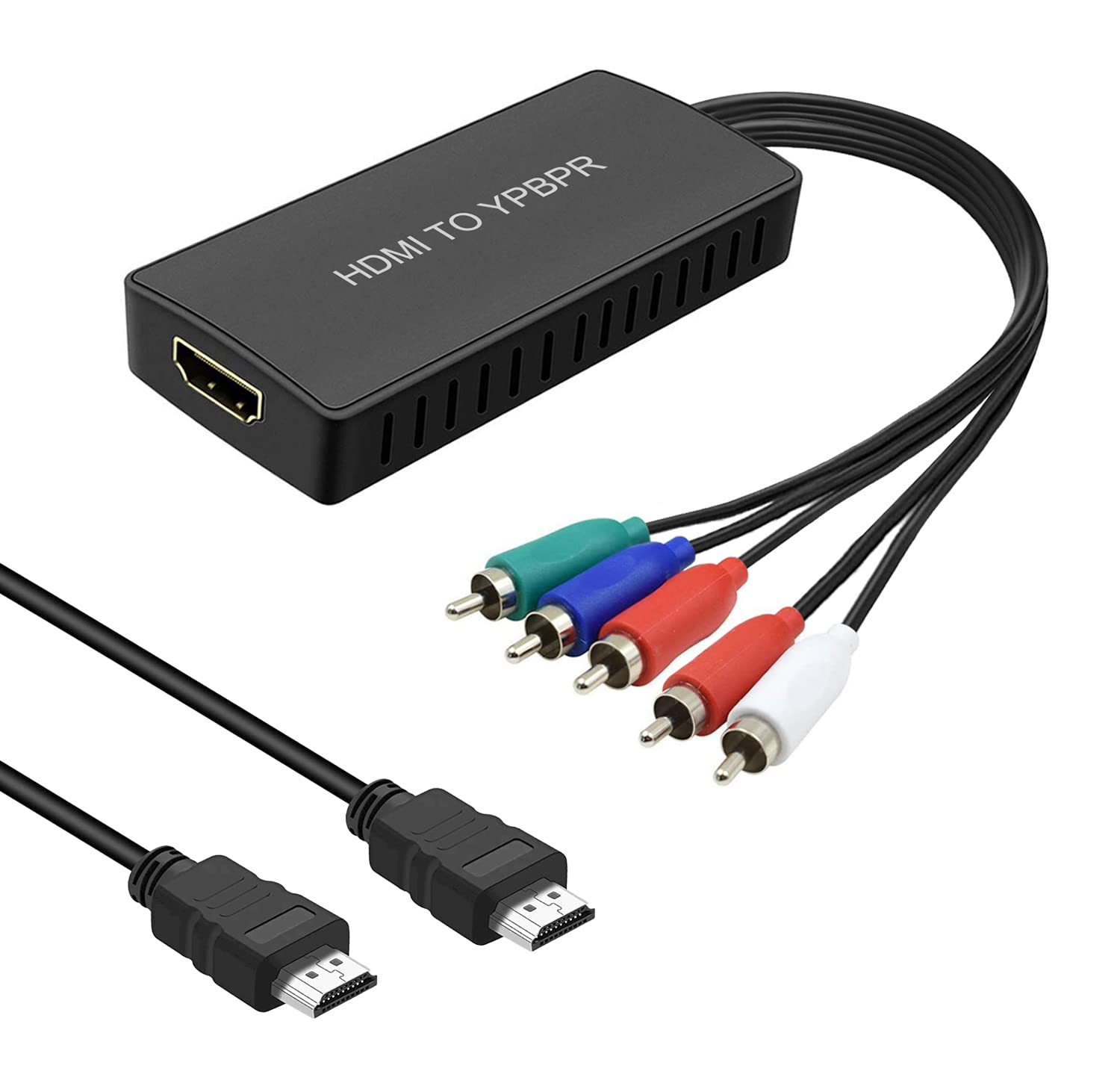Introduction
RAM, or Random Access Memory, plays a crucial role in the performance and speed of your computer. It is responsible for storing data and instructions that are actively being used by the operating system and applications. Over time, as you open and close various programs or perform multiple tasks simultaneously, the amount of free memory in your RAM may decrease. This can result in slower system performance and overall responsiveness. To mitigate this, some operating systems offer a feature called RAM compression.
RAM compression is a technique that allows the operating system to compress data stored in RAM to free up more memory for other processes. It works by compressing data that is no longer actively being used and storing it in a compressed format, thereby reducing the amount of space it occupies in RAM. While RAM compression can be beneficial in terms of maximizing the available memory, there may be situations where you need to uncompress RAM to restore optimal system performance.
In this article, we will explore why you might want to uncompress RAM and discuss the various methods you can use to accomplish this. Whether you are experiencing sluggish system performance or simply want to ensure your computer is running at its best, understanding how to uncompress RAM will prove valuable.
What is RAM compression?
RAM compression is a feature implemented by some operating systems, such as Windows and macOS, to optimize the utilization of RAM and improve system performance. When your computer’s RAM becomes loaded with data and cannot accommodate any more incoming processes, RAM compression kicks in.
RAM compression works by identifying data or processes in the RAM that are not currently in active use and compressing them to create additional space. This compression is achieved by reducing the size of the data in RAM using various algorithms. By compressing the data, the operating system can free up memory for other processes, allowing for better multitasking ability and faster response times.
The algorithms used in RAM compression are designed to strike a balance between minimizing the space occupied by compressed data and preserving the ability to quickly retrieve and decompress the compressed data when needed. This ensures that even though the data is compressed, it can still be accessed and utilized efficiently. Additionally, the compression and decompression processes occur transparently to the user, meaning you won’t notice any significant changes in the way your computer functions.
It is important to note that RAM compression is not the same as virtual memory or swapping. Virtual memory involves moving data from RAM to a dedicated portion on the hard drive, while RAM compression keeps the data within the RAM, albeit in a compressed format. This distinction is crucial because accessing data from RAM is significantly faster than accessing it from the hard drive. Therefore, RAM compression aims to optimize RAM usage without resorting to the slower virtual memory system.
In some cases, RAM compression can provide significant performance improvements, especially on systems with limited RAM capacity or when running memory-intensive applications. However, there may be situations where you want to uncompress RAM to ensure better performance or allocate more memory to specific applications. In the following sections, we will discuss why uncompressing RAM might be necessary and how you can achieve this.
Why would you want to uncompress RAM?
While RAM compression can be advantageous in terms of optimizing available memory and improving system performance, there are several reasons why you may want to uncompress RAM:
1. Increased Performance: In some cases, the compression and decompression processes associated with RAM compression can introduce a slight performance overhead. Although this impact is generally minimal and often unnoticeable, certain resource-intensive applications or tasks may benefit from having all available RAM without any compression overhead.
2. Specific Application Requirements: Certain applications, such as high-end video editing software or graphic design tools, require a significant amount of dedicated RAM to function optimally. Uncompressing RAM and ensuring that these applications have access to uncompressed RAM can help improve their performance and responsiveness.
3. Reducing Latency: RAM compression involves compressing and decompressing data as needed. While the algorithms used in RAM compression are designed to minimize latency, there may still be cases where compressing and decompressing data introduces a slight time delay. If low latency is crucial for your specific use case, uncompressing RAM can help minimize any potential delays.
4. Troubleshooting System Issues: If you are experiencing abnormal system behavior or encountering software compatibility issues, uncompressing RAM can be a helpful troubleshooting step. Sometimes, the compression of specific data in RAM may interfere with certain applications or lead to unexpected errors. By uncompressing RAM, you can eliminate RAM compression as a potential cause of the issue and narrow down the troubleshooting process.
5. RAM Upgrade: If you are planning to upgrade your computer’s RAM, uncompressing RAM before adding new RAM modules can ensure that the maximum amount of available memory is recognized and utilized by the system. Uncompressing RAM prior to upgrading can also help create a smooth transition from the existing RAM setup to the upgraded configuration.
Remember, before deciding to uncompress RAM, carefully consider your specific requirements, system configuration, and the tasks you regularly perform on your computer. Uncompressing RAM may not always provide noticeable benefits, especially on systems with ample RAM capacity and normal usage patterns. However, in situations where performance gains or specific application requirements are a priority, uncompressing RAM can be a valuable step to optimize your computer’s performance.
Steps to uncompress RAM
If you have determined that uncompressing RAM is necessary for your specific needs and system requirements, there are several methods you can use. Here, we will outline three common methods that you can follow to uncompress RAM:
Method 1: Restart your computer
One of the simplest and most effective ways to uncompress RAM is to restart your computer. Restarting your computer will clear the RAM and remove any compressed data, allowing for a fresh start with uncompressed memory. To do this, follow these steps:
- Save your work and close any open applications.
- Click on the “Start” menu or press the Windows key.
- Select the “Power” option.
- Choose “Restart” from the available options.
- Wait for your computer to restart.
Upon restarting, your computer’s RAM will be uncompressed, and you can proceed with your tasks with optimum system performance.
Method 2: Adjust your system settings
Another method to uncompress RAM is by adjusting your system settings. While this method may vary depending on your operating system, the general steps are as follows:
- Open the “Settings” or “System Preferences” on your computer.
- Navigate to the “Performance” or “Memory” settings.
- Look for an option related to RAM compression or memory management.
- Disable or adjust the settings related to RAM compression.
- Save the changes and restart your computer if necessary.
By adjusting the system settings, you can disable RAM compression or modify its behavior to uncompress the memory. Remember to consult your operating system’s documentation or support resources for specific guidance on adjusting RAM compression settings.
Method 3: Upgrade your RAM
If you consistently find yourself requiring additional memory for your tasks or regularly encountering performance limitations, upgrading your RAM can provide a more permanent solution. By installing higher-capacity RAM modules or adding more RAM to your system, you can increase the total amount of available memory, reducing the need for compression. To upgrade your RAM, consider the following steps:
- Identify the type and specifications of RAM compatible with your system.
- Purchase the appropriate RAM modules based on your system’s requirements.
- Turn off your computer and disconnect any power source.
- Open your computer’s casing to access the RAM slots.
- Remove the existing RAM modules (if necessary) by gently pushing the clips or tabs aside.
- Insert the new RAM modules into the empty slots, ensuring they are securely seated.
- Close the casing, reconnect the power source, and turn on your computer.
After upgrading your RAM, your system will have additional memory capacity, reducing the need for RAM compression and potentially improving overall system performance.
Remember that uncompressing RAM is not always necessary or beneficial. It is essential to assess your specific requirements and system configuration before deciding to uncompress RAM or upgrade your computer’s memory. By carefully considering these factors, you can optimize your computer’s performance and ensure efficient memory usage.
Method 1: Restart your computer
One of the simplest and most effective methods to uncompress RAM is to restart your computer. Restarting your computer will clear the RAM and remove any compressed data, allowing for a fresh start with uncompressed memory. Here’s how to do it:
- Save your work and close any open applications to ensure that all data is safely stored.
- Click on the “Start” menu (Windows) or the Apple logo (Mac) in the top-left corner of the screen.
- Select the “Restart” option from the drop-down menu.
- Wait for your computer to shut down and then power back up automatically.
Upon restarting, your computer’s RAM will be uncompressed, and you can proceed with your tasks with optimum system performance. This method is quick and easy, making it a convenient way to uncompress RAM without any complex settings or configurations.
Restarting your computer not only clears the compressed data stored in RAM but also closes any unnecessary background processes that might contribute to overall system slowdown. It provides a clean slate for your computer to utilize the available memory effectively.
It’s also worth mentioning that restarting your computer regularly can help maintain its performance by clearing temporary files, refreshing system resources, and resolving any lingering issues that could impact RAM usage.
If you frequently encounter performance issues or notice significant RAM compression, restarting your computer on a periodic basis can be a good practice to ensure your computer is running at its best.
However, it’s important to note that this method addresses the immediate need to uncompress RAM but may not be a permanent solution if your computer’s RAM usage consistently reaches high levels. In such cases, you might want to consider the other methods mentioned in this article, such as adjusting system settings or upgrading your RAM.
Method 2: Adjust your system settings
If you want to uncompress RAM and fine-tune the behavior of RAM compression on your computer, you can adjust your system settings. While the specific steps may vary depending on your operating system, the general process involves modifying the settings related to RAM compression or memory management. Here’s a general guideline:
- Open the “Settings” or “System Preferences” on your computer.
- Navigate to the “Performance” or “Memory” settings. These settings may be found under the “System,” “Advanced,” or “Preferences” section depending on your operating system.
- Look for an option related to RAM compression or memory management.
- Disable or adjust the settings related to RAM compression according to your preference. Some systems may offer options such as “Enable RAM compression,” “Use adaptive memory compression,” or similar alternatives.
- Save the changes and restart your computer if necessary for the new settings to take effect.
By adjusting the system settings, you can control the behavior of RAM compression or disable it altogether. This allows your computer to allocate memory resources in a way that best suits your needs.
Keep in mind that disabling or limiting RAM compression may increase the overall RAM usage and potentially impact system performance if your computer has limited memory capacity. It is advisable to consider the available RAM and the tasks you perform on your computer before making any changes. Adjusting these settings should be done judiciously and only if it aligns with your specific requirements.
Remember to consult the documentation or support resources provided by your operating system for precise guidance on adjusting RAM compression settings. These resources can provide you with detailed instructions catered to your specific operating system version.
By customizing your system settings, you gain control over how your computer manages RAM compression, offering you the flexibility to strike a balance between memory optimization and system performance based on your unique needs.
If adjusting the system settings doesn’t provide the desired results or doesn’t meet your requirements, you may want to explore the option of upgrading your computer’s RAM, which is discussed in the next section.
Method 3: Upgrade your RAM
If you consistently find yourself running out of available memory or experiencing performance limitations, upgrading your computer’s RAM can be a more permanent solution to uncompress RAM and enhance overall system performance. By adding more RAM or replacing existing modules with higher-capacity ones, you can increase the total amount of available memory, reducing the need for RAM compression. Here are the steps to upgrade your RAM:
- Identify the type and specifications of RAM compatible with your computer. Check your computer’s manual or the manufacturer’s website for this information.
- Purchase the appropriate RAM modules based on the specifications. Make sure to match the type (DDR2, DDR3, DDR4, etc.), speed, and memory capacity.
- Turn off your computer and disconnect any power sources. It’s crucial to follow proper safety precautions when working with computer hardware.
- Open your computer’s casing to access the RAM slots. Refer to your computer’s manual or online resources for specific instructions on how to safely open the case.
- If there are existing RAM modules, remove them carefully by gently pushing the clips or tabs aside. If there are empty slots available, you can skip this step.
- Insert the new RAM modules into the empty slots, ensuring they are securely seated. Align the notches on the module with the slot and gently press down until the clips or tabs secure it into place.
- Close the casing, reconnect the power source, and turn on your computer.
After upgrading your RAM, your computer will have additional memory capacity, reducing the need for RAM compression and potentially improving overall system performance. With more available memory, your system can handle more demanding tasks and run multiple applications simultaneously without experiencing significant slowdowns.
Upgrading your RAM can be particularly beneficial if you regularly work with memory-intensive applications like video editing software, graphic design tools, or virtual machines. These applications often require a substantial amount of dedicated RAM to perform at their best.
Before proceeding with a RAM upgrade, ensure that your computer’s motherboard supports the desired RAM capacity and that you have enough available slots. Additionally, consider consulting with a computer technician or referring to your computer’s documentation for more specific instructions and compatibility information.
Upgrading your RAM not only boosts system performance but also future-proofs your computer, allowing it to handle more demanding software and tasks that may require additional memory in the long run.
Keep in mind that RAM upgrades may not be necessary or beneficial for all users. If you already have ample RAM capacity that meets your current needs, or if you primarily perform basic tasks like web browsing and word processing, upgrading may not provide significant improvements. However, for users who consistently push their system’s limits or rely on memory-intensive applications, upgrading the RAM can be a worthwhile investment.
Conclusion
RAM compression is a valuable feature implemented by operating systems to optimize memory usage and improve system performance. It allows the operating system to compress data that is not actively in use, freeing up space in RAM for other processes. While RAM compression can be beneficial in many situations, there may be times when uncompressing RAM becomes necessary.
In this article, we discussed the reasons why you might want to uncompress RAM, such as increased performance, specific application requirements, reducing latency, troubleshooting system issues, or preparing for a RAM upgrade.
We explored three methods to uncompress RAM:
1. Restarting your computer, which clears the RAM and removes any compressed data, resulting in a fresh start with uncompressed memory.
2. Adjusting system settings related to RAM compression or memory management, allowing you to customize the behavior of RAM compression according to your needs.
3. Upgrading your RAM, which provides additional memory capacity, reducing the need for RAM compression and enhancing overall system performance.
It’s important to carefully consider your specific requirements, system configuration, and the tasks you regularly perform on your computer before deciding to uncompress RAM or upgrade your computer’s memory. Each method has its own benefits and considerations.
Ultimately, finding the right balance between memory optimization and system performance is key. Whether you choose to uncompress RAM or upgrade your RAM, optimizing your computer’s memory usage will help ensure smooth and efficient operation.
Remember to consult your operating system’s documentation or seek professional assistance if you encounter any difficulties or uncertainties with the uncompressing RAM process or upgrading your RAM.
By understanding RAM compression and the methods to uncompress RAM, you can make informed decisions to enhance your computer’s performance and optimize your computing experience.

























